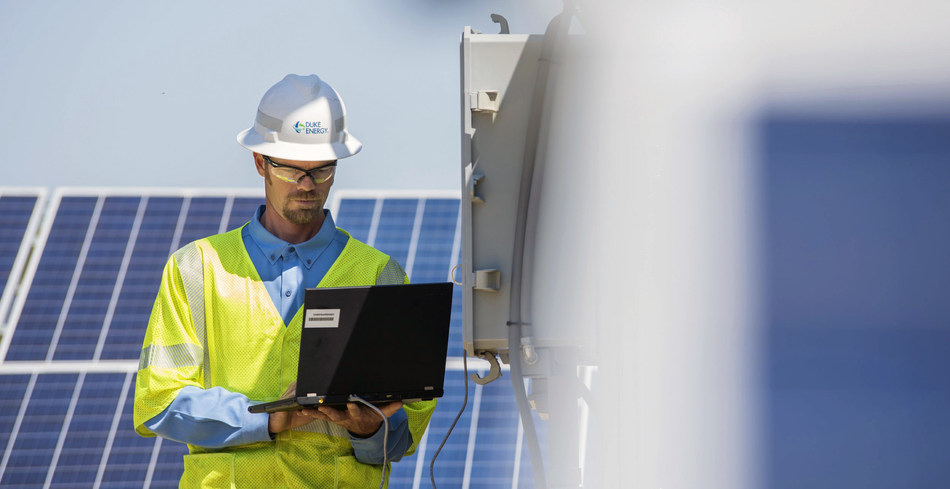Duke Energy issued the following announcement on April 29.
- Electric prices in its six states remain below the national average for all customer classes
- Almost 38 percent of the company's energy mix is carbon-free
- Renewable energy generation grew 11 percent last year
Duke Energy continues to generate cleaner energy at prices below the national average for its 7.7 million residential, commercial and industrial customers.
Those facts were spelled out today in the company's 13th annual Sustainability Report – a report card on the company's progress at meeting its sustainability goals. The report can be found here – and a PDF copy for download can be found here.
"Duke Energy is successfully reducing our environmental impact while keeping electric prices low for customers," said Cari Boyce, senior vice president, stakeholder strategy and sustainability. "It's not a question of clean or affordable. We're safely and reliably achieving both."
Among the highlights in this year's report:
- In the six states where Duke Energy has retail electric customers, the company's electric rates were below the national averages, according to data from the Edison Electric Institute.
- Duke Energy relies on a balanced energy mix that includes carbon-free nuclear, lower-cost natural gas, hydroelectric and coal. In 2018, nearly 38 percent of the energy produced by the company was carbon-free.
- Duke Energy owned and purchased renewable energy (wind, solar, biomass and hydroelectric power) was equivalent to roughly 9.3 percent of its generation mix in 2018 – reflecting an 11 percent increase compared to 2017.
- The company's use of coal has dropped more than 50 percent from 2008 to 2018 – from 63 million tons annually to 29 million tons. The use of cleaner-burning and lower-cost natural gas has spurred much of that reduction.
- Duke Energy's carbon dioxide (CO2) emissions remained roughly flat in 2018 – despite producing 2 percent more energy versus the previous year. The company's carbon intensity, the amount of CO2 produced per kilowatt-hour generated, fell 2 percent from the previous year. Overall, the company's carbon emissions have dropped 31 percent since 2005.
- Duke Energy established new goals in the report. One is to reduce water withdrawals by its generation fleet by 1 trillion gallons by 2030 – compared to its 2016 mark of 5.34 trillion gallons.
- Duke Energy is also investing more in energy storage. The company is looking to install more than 400 megawatts (MW) of battery storage over the next 15 years. Today, work is underway at the Bad Creek Hydroelectric Station in South Carolina to increase its pumped storage output by more than 300 MW.

Original source can be found here.




 Alerts Sign-up
Alerts Sign-up